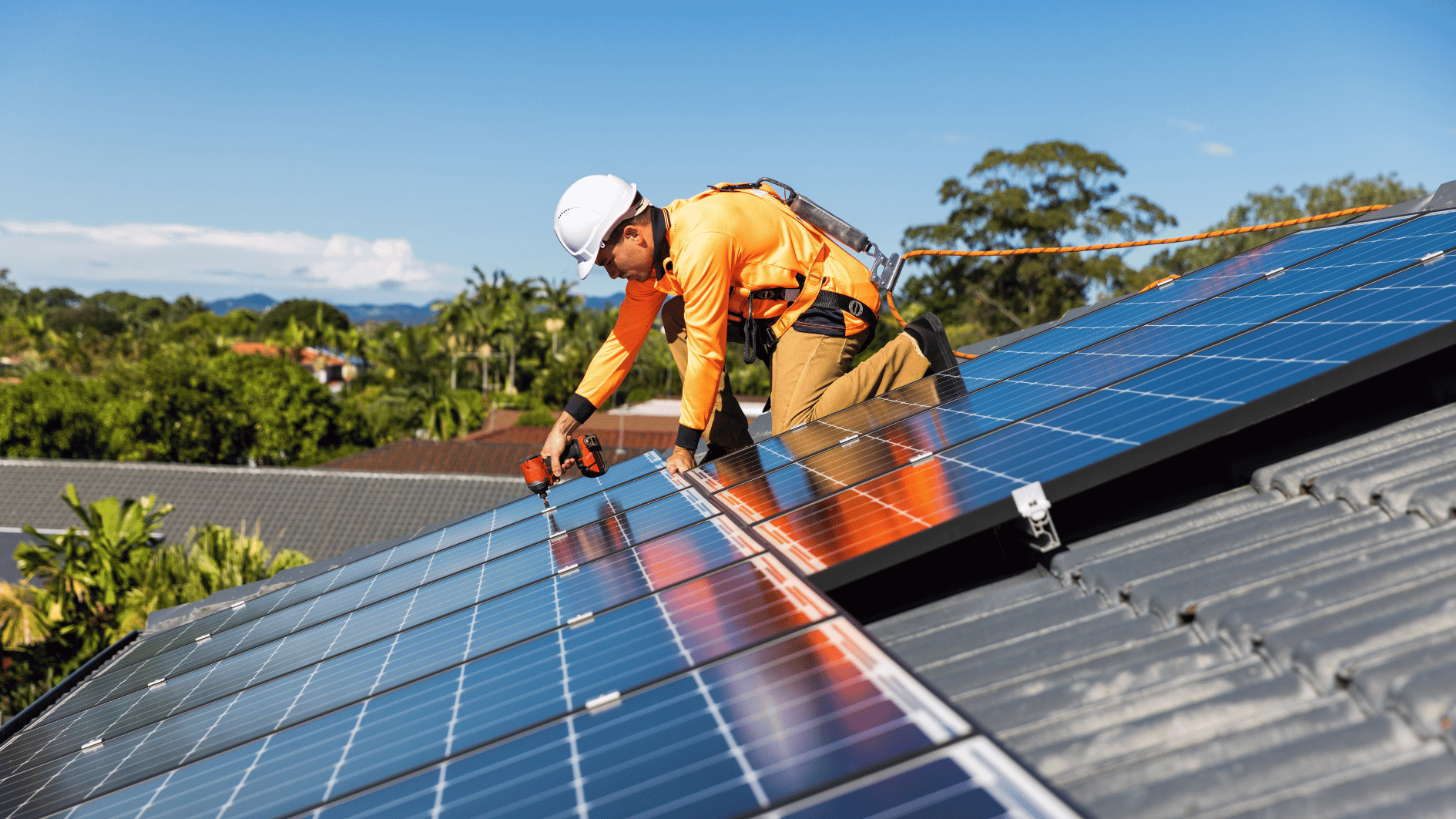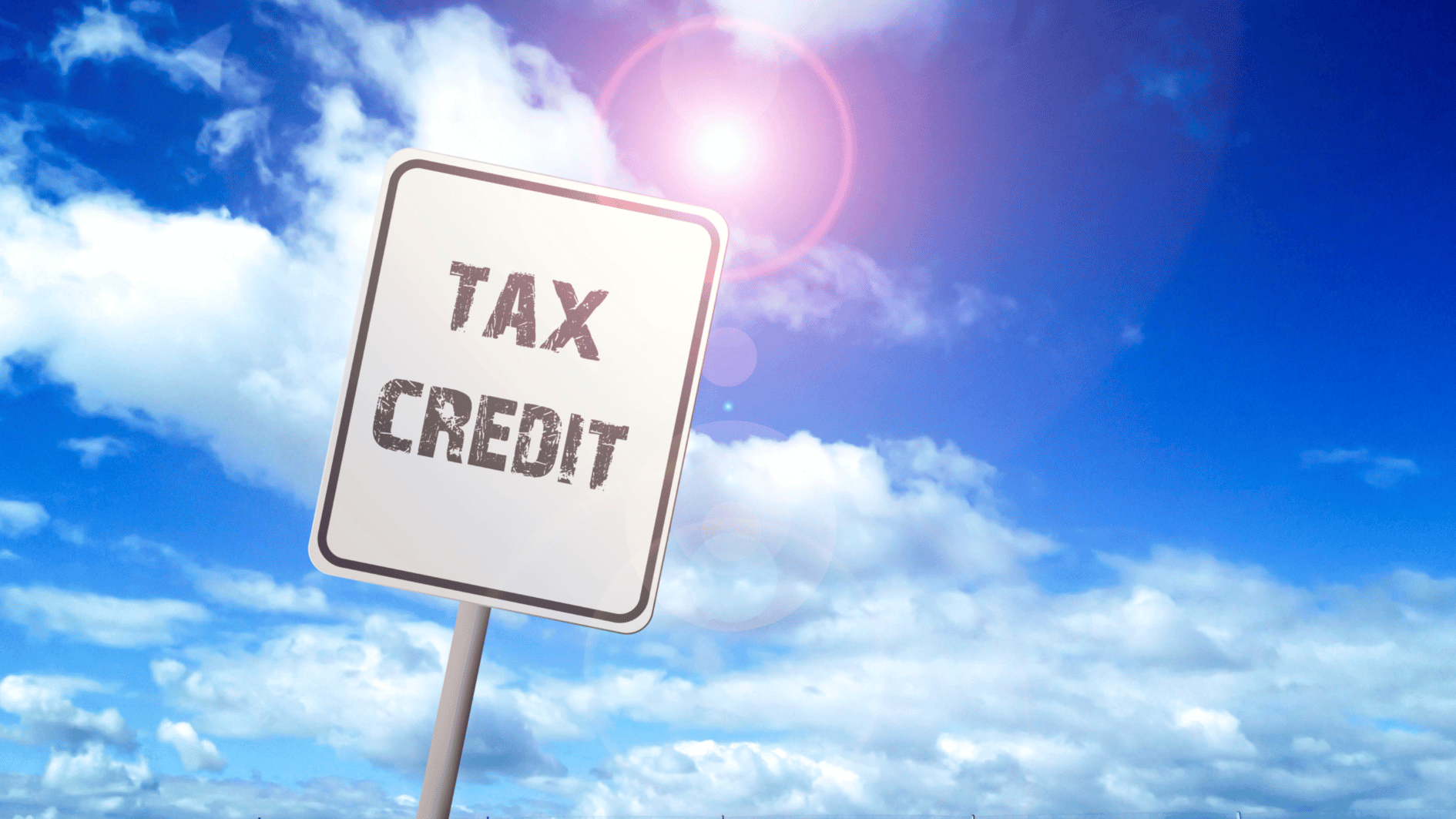The Environmental Protection Agency (EPA) has reinstated the $7 billion Solar for All grant program, allowing funds to once again flow to states, tribes, municipalities, and nonprofits working to expand solar access for low-income communities. The reversal comes just weeks after the EPA had suddenly frozen the grants as part of a broader review of Biden-era clean energy spending.
Why Were the Grants Frozen?
In February 2025, the EPA paused $20 billion in clean energy grants, including Solar for All, to reassess federal climate-related spending. While some funding remains under review, the Solar for All program has now been reactivated, making grants accessible to all recipients.
What Does the Solar for All Program Do?
The Solar for All initiative is part of the $27 billion Greenhouse Gas Reduction Fund (GGRF) and aims to:
- Expand solar access to low-income and disadvantaged communities, lowering energy costs for millions of households.
- Provide funding to 60 grant recipients, including states, territories, tribal governments, and nonprofits.
- Support community solar projects that enhance grid resilience and clean energy adoption.
The program is designed to help underserved communities benefit from the economic and environmental advantages of solar power.

Solar for All in 2024
What’s Next?
While the Solar for All grants have been reinstated, uncertainty remains over other EPA-administered clean energy funds still under review. The agency has not yet confirmed whether additional funding freezes will follow or if further adjustments will be made.
With the funds flowing again, solar industry leaders and policymakers hope the program can proceed without further disruption, ensuring affordable solar access for those who need it most.





